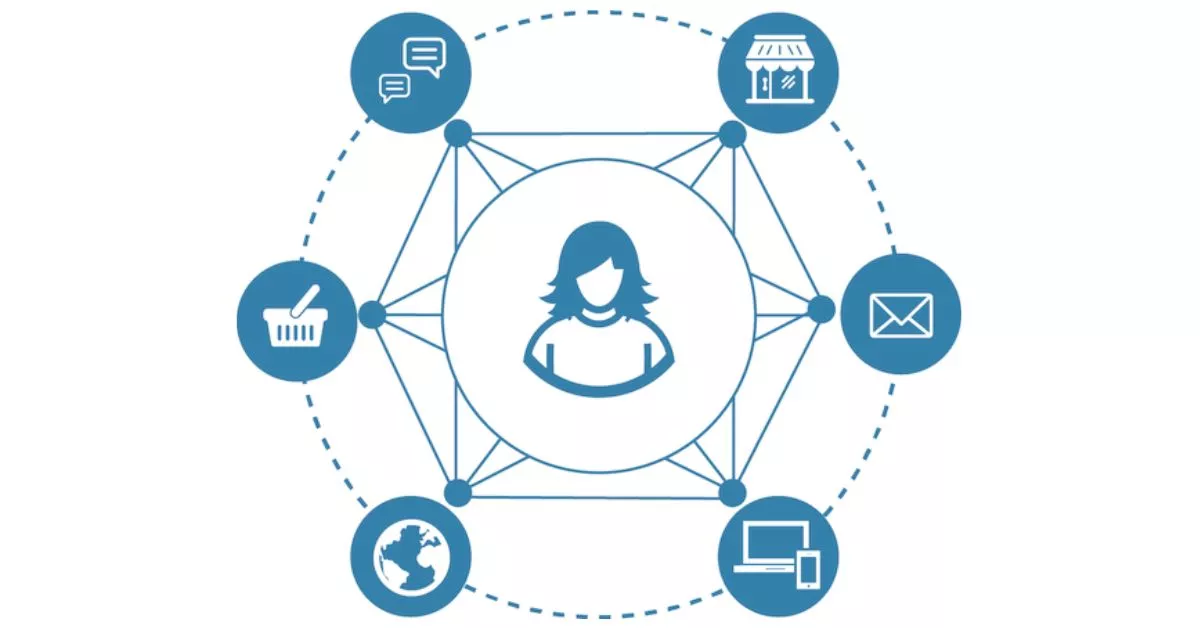In the intricate web of digital marketing, understanding and identifying your customers across multiple touchpoints is paramount. This process, known as customer identity resolution, is crucial for creating personalized, cohesive marketing campaigns that resonate with your audience.
As businesses strive to navigate the complex digital landscape, achieving seamless customer identity resolution has become a cornerstone for marketing success. This comprehensive guide explores the importance of customer identity resolution, its challenges, and practical strategies for integrating it effectively into your marketing campaigns.
The Essence of Customer Identity Resolution
Customer identity resolution involves tracking, integrating, and analyzing customer interactions across various platforms and devices to build a unified customer profile. This process enables marketers to understand their audience’s behavior, preferences, and journey, providing the insights needed to deliver personalized marketing messages at scale.
Challenges in Achieving Seamless Identity Resolution
The path to effective customer identity resolution is fraught with challenges, primarily due to the fragmented nature of the digital environment. Consumers interact with brands through multiple channels and devices, making it difficult to connect these interactions to a single identity.
Additionally, privacy regulations and the phasing out of third-party cookies have made data collection more complex, requiring marketers to find new ways to track and understand customer behavior.

Strategies for Effective Customer Identity Resolution
1. Embrace First-Party Data
With the decline of third-party cookies, first-party data has become invaluable. Encourage customers to share their information directly through sign-ups, subscriptions, and loyalty programs. This data is not only more reliable but also compliant with privacy regulations, making it a solid foundation for identity resolution.
2. Utilize Advanced Data Integration Tools
Investing in advanced data integration tools and customer data platforms (CDPs) can help consolidate data from various sources into a unified customer profile. These tools use sophisticated algorithms to match and merge customer identities across channels, providing a comprehensive view of the customer journey.
3. Implement Cross-Device Tracking
Cross-device tracking technology enables marketers to recognize and link customer interactions across multiple devices. By understanding how an individual engages with your brand from their smartphone, tablet, and laptop, you can create a seamless experience that reflects their multi-device journey.
4. Leverage Machine Learning and AI
Machine learning and AI technologies can analyze vast amounts of data to identify patterns and connections that may not be immediately apparent. These insights can significantly enhance the accuracy of customer identity resolution, allowing for more targeted and personalized marketing efforts.
5. Focus on Consent-Based Marketing
In a privacy-conscious world, obtaining explicit consent from customers to use their data is critical. Consent-based marketing not only ensures compliance with privacy laws but also builds trust with your audience. Transparently communicate how you collect and use data, emphasizing the value exchange for the customer.
6. Optimize for Identity Signals
Identity signals, such as email addresses and phone numbers, are unique identifiers that can help link customer interactions across channels. Encourage customers to provide these signals at various touchpoints and use them to anchor your identity resolution efforts.
7. Continuous Testing and Optimization
The digital landscape is constantly evolving, making it essential to regularly test and refine your identity resolution strategies. Analyze the performance of your campaigns to identify areas for improvement and stay adaptable to changes in technology and consumer behavior.
The Impact of Seamless Identity Resolution on Marketing Campaigns
Achieving seamless customer identity resolution can transform your marketing campaigns, enabling you to deliver highly personalized and relevant content. This personalized approach not only enhances the customer experience but also improves engagement rates, conversion rates, and ultimately, ROI.
By understanding your customers at a granular level, you can anticipate their needs, tailor your messaging, and foster stronger, more meaningful connections.

Conclusion
In the ever-evolving digital marketing landscape, achieving seamless customer identity resolution is more critical than ever. By embracing new technologies, prioritizing first-party data, and adhering to privacy standards, marketers can overcome the challenges of fragmented customer identities.
The result is a marketing strategy that is not only more effective and efficient but also deeply resonant with the audience it seeks to engage. As we move forward, the ability to integrate seamless identity resolution into marketing campaigns will continue to be a defining factor for success in the digital age.
FAQs
How does customer identity resolution differ from traditional targeting?
Customer identity resolution focuses on understanding and connecting with individual customers across multiple touchpoints, whereas traditional targeting often relies on broader demographic or psychographic segments.
Why is first-party data becoming more important?
First-party data is directly collected from your audience, making it more accurate and reliable. It’s also compliant with privacy regulations, making it a safer choice for both businesses and consumers.
Can small businesses implement effective identity resolution strategies?
Yes, small businesses can implement identity resolution strategies by focusing on collecting and utilizing first-party data, leveraging affordable data integration tools, and maintaining transparency and trust with their customers.










